by Patrick Ogle
Whenever I come back to my home state of Florida I make an effort to visit the Everglades, one of the natural wonders of the world--and a place where natives rarely bother to go. There are a number of ways to visit the Everglades and one of the best--for starters--is to visit Shark Valley. There are two main ways to go about seeing Shark Valley; you can take a tram tour or ride/ rent a bicycle.
First of all the trams. I recommend this if you are the sort who likes a tour guide or if you are not physically fit. Otherwise? You will be riding in a tram with tourists, often too fat to walk, or with school tour groups. It might be informative but it is not the best way to really get a feeling for the Everglades. And the noisy tram is not native to the swamp. The critters sometimes make themselves scarce and unless you have great vision you might not be able to see some of the smaller ones.
When it comes to bicycles, you can rent them on site. These are not fine Italian racing bikes. They are beat up rickety bikes that still suffice for the 15 miles or so you will need to ride to get through the park. If you have a bike or can rent or borrow one elsewhere, bring it with you. When you go by bike you will get a better sense of the serenity and the true nature of the Everglades.
There are alligators, birds, turtles as well as other flora and fauna you will get only a passing glance at from the tram (and much of it you won't see at all from the tram). There are also short, often beautiful, side trails you will not see from the tram. Familiarize yourself with the birds of the area. Some of them, like Woodstorks, are endangered, and stand a meter tall. Others, perhaps not endangered, but beautiful. On this trip there were Roseate Spoonbill , beautiful birds that, were too far away to get a decent photo.
First of all the trams. I recommend this if you are the sort who likes a tour guide or if you are not physically fit. Otherwise? You will be riding in a tram with tourists, often too fat to walk, or with school tour groups. It might be informative but it is not the best way to really get a feeling for the Everglades. And the noisy tram is not native to the swamp. The critters sometimes make themselves scarce and unless you have great vision you might not be able to see some of the smaller ones.
When it comes to bicycles, you can rent them on site. These are not fine Italian racing bikes. They are beat up rickety bikes that still suffice for the 15 miles or so you will need to ride to get through the park. If you have a bike or can rent or borrow one elsewhere, bring it with you. When you go by bike you will get a better sense of the serenity and the true nature of the Everglades.
There are alligators, birds, turtles as well as other flora and fauna you will get only a passing glance at from the tram (and much of it you won't see at all from the tram). There are also short, often beautiful, side trails you will not see from the tram. Familiarize yourself with the birds of the area. Some of them, like Woodstorks, are endangered, and stand a meter tall. Others, perhaps not endangered, but beautiful. On this trip there were Roseate Spoonbill , beautiful birds that, were too far away to get a decent photo.
When you first start on your trek through Shark Valley you will be amazed when you see large gators sitting right on the side of the road, paying no mind to human visitors. By the time you get to the observation tower (dedicated during the Truman Administration) alligators will seem somewhat passe.
Don't worry, these gators are not likely to attack, unprovoked, a full grown person. But do not approach these wild animals. Also do not let children wander off alone here. While alligators are unlikely to attack full grown people, kids are another matter. I would advice against bringing small children.
Don't worry, these gators are not likely to attack, unprovoked, a full grown person. But do not approach these wild animals. Also do not let children wander off alone here. While alligators are unlikely to attack full grown people, kids are another matter. I would advice against bringing small children.
When you enter the park you can buy a year pass that will allow you, and anyone in the car with you, to get into the park free. It is a good investment if you visit the park even twice in a year. Also, do not even think about visiting during the summer--unless you like bugs and brutal heat. The ideal time to visit is between December and the end of February. You can visit during the Spring and not suffer too much.
Pay attention to the weather and be sure to bring water, even in the winter.
Whenever I go to the Everglades I wear long pants. I recommend the same to others; wear light colored, light fabric, long pants. Bug repellent is a good idea even in the winter. Your shirt should also be light colored. There is evidence to suggest mosquitoes are attracted to black or dark fabric.
Shark Valley is not really roughing it. It is a nice day trip in the winter and a good place to start exploring the Everglades. Go early, take your time, walk or ride a bike as much as you can. If you like what you see there are other options for you to visit that are more off the beaten path.
Pay attention to the weather and be sure to bring water, even in the winter.
Whenever I go to the Everglades I wear long pants. I recommend the same to others; wear light colored, light fabric, long pants. Bug repellent is a good idea even in the winter. Your shirt should also be light colored. There is evidence to suggest mosquitoes are attracted to black or dark fabric.
Shark Valley is not really roughing it. It is a nice day trip in the winter and a good place to start exploring the Everglades. Go early, take your time, walk or ride a bike as much as you can. If you like what you see there are other options for you to visit that are more off the beaten path.
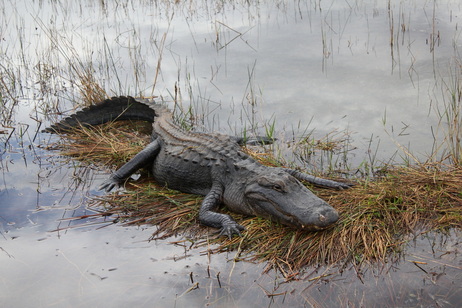
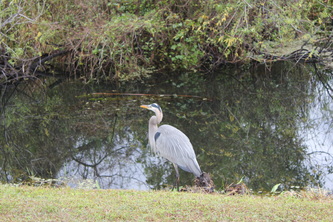
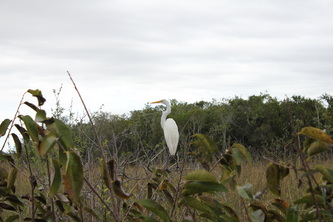
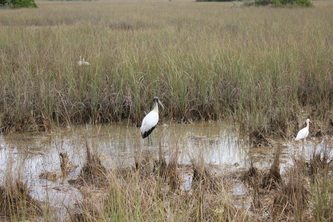
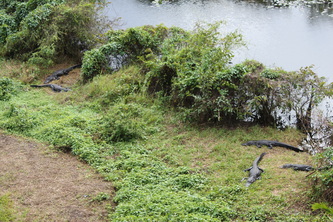

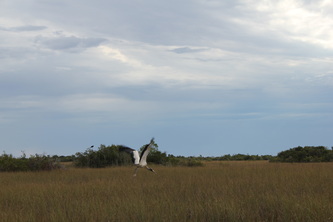
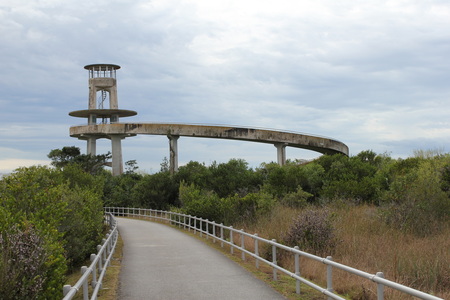
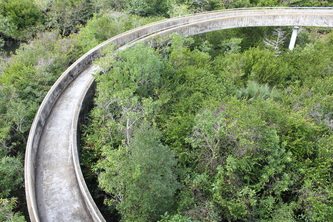
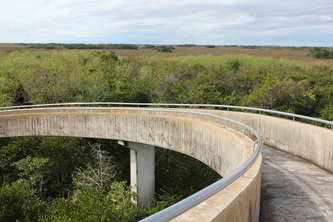
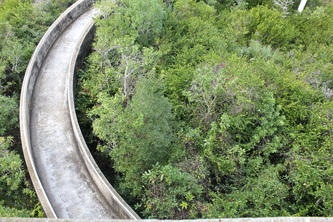
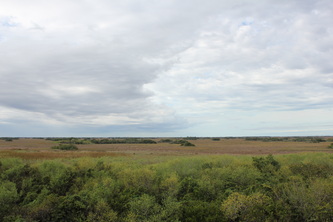
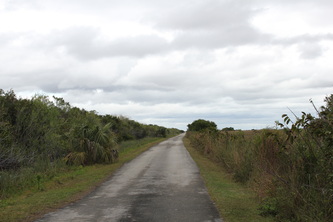
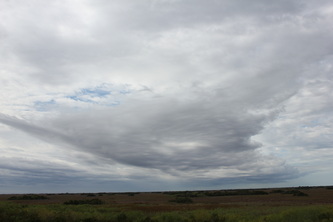
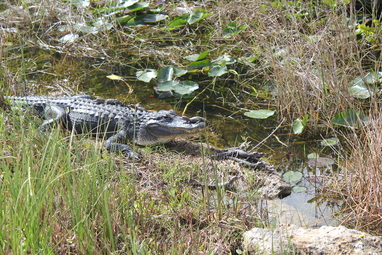
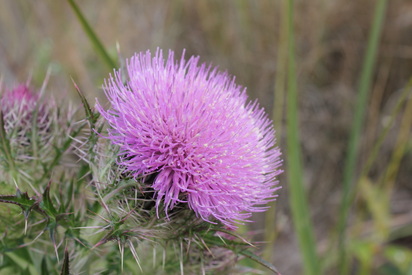
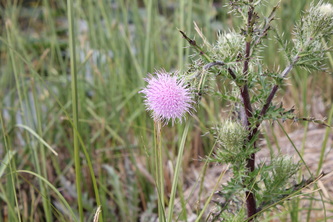
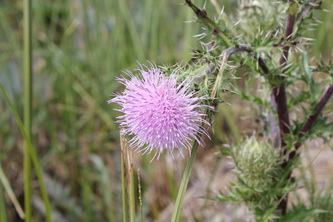
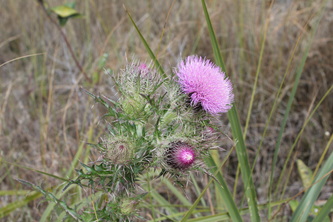
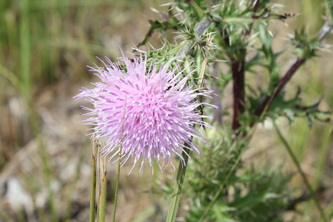
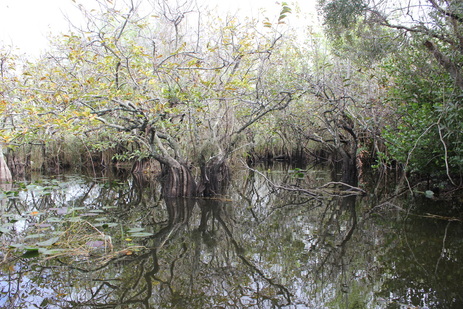
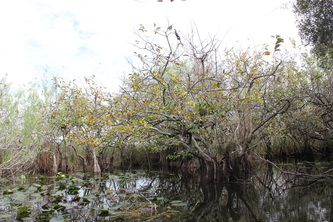
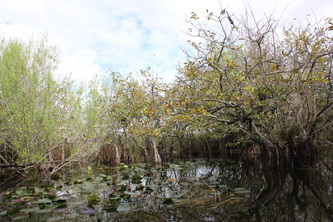
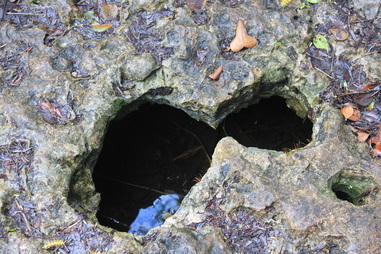
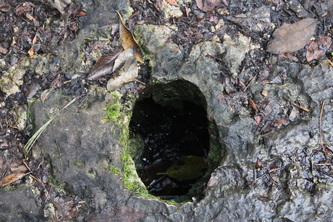

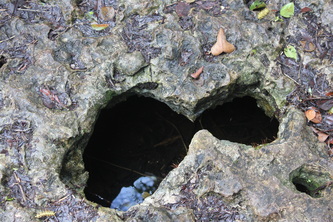
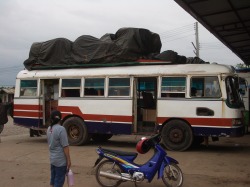
 RSS Feed
RSS Feed